Original Title: DeFi's Next Evolution: How Protocols Become Platforms
Original Author: DefiIgnas
Original Translation: zhouzhou, BlockBeats
Editor's Note: This article uses the challenges faced by Ethereum and the innovations of Fluid v2 as examples. Fluid has created a platform suitable for both large holders and developers by combining lending with AMM liquidity. The v2 version of Fluid enhances capital efficiency by introducing features such as range orders, lending liquidity strategies, and dynamic fees, providing developers with opportunities to build new products.
The following is the original content (reorganized for better readability):
The next significant leap for DeFi is the evolution of protocols into platforms.
Like Apple's App Store, protocols are no longer single-use tools but the foundation for other applications to build upon.
A trend observed in DeFi: wallets are now using DEX aggregators in the background instead of relying on front-end applications.
As the DeFi ecosystem becomes increasingly complex, the growing popularity of Vault strategies also indicates that people are seeking the highest yields across multiple DeFi protocols.
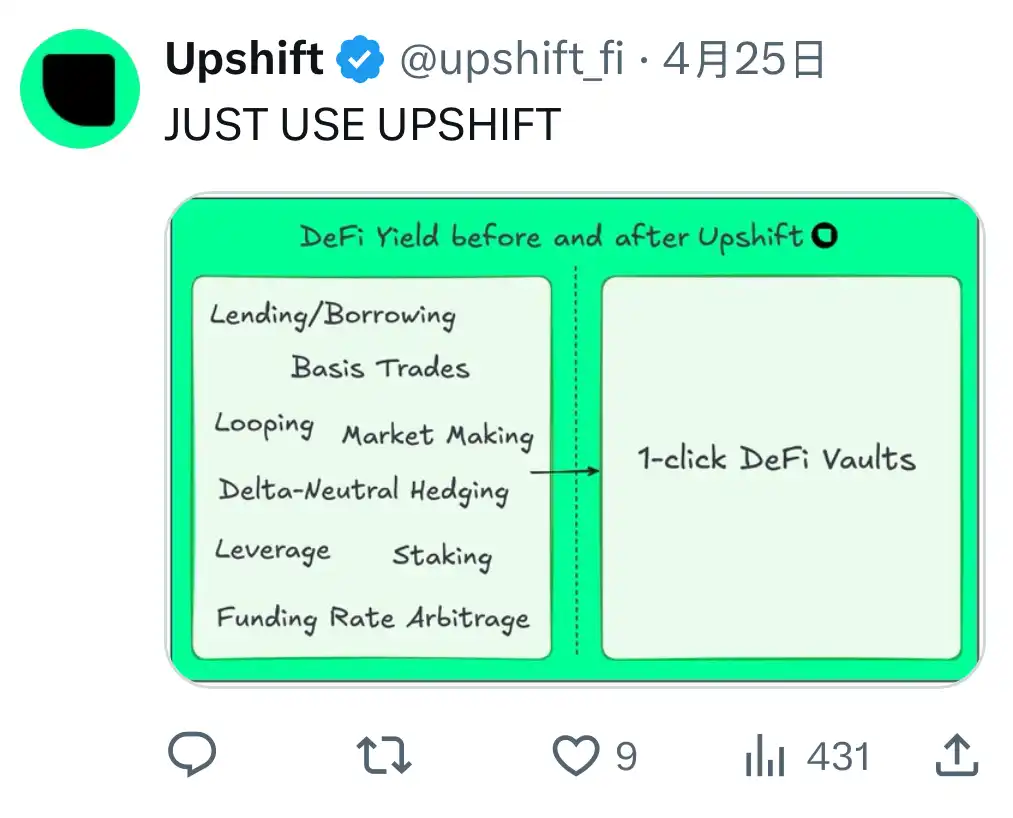
But there is a pitfall: protocols risk becoming commoditized infrastructure, while user-facing applications capture most of the profits.
For example:
• Uniswap Labs earns front-end fees, while LP's swap fees are on the decline, and $UNI holders receive no returns.
• Metamask charges a 0.875% fee because it controls the users.
• Compound Finance is becoming the front end for the Morpho treasury.
Many view Ethereum merely as infrastructure, challenged by L2 and Solana, which offer lower transaction fees.
Over time, ETH's gas fees will be abstracted, allowing users to use Ethereum without holding any ETH.
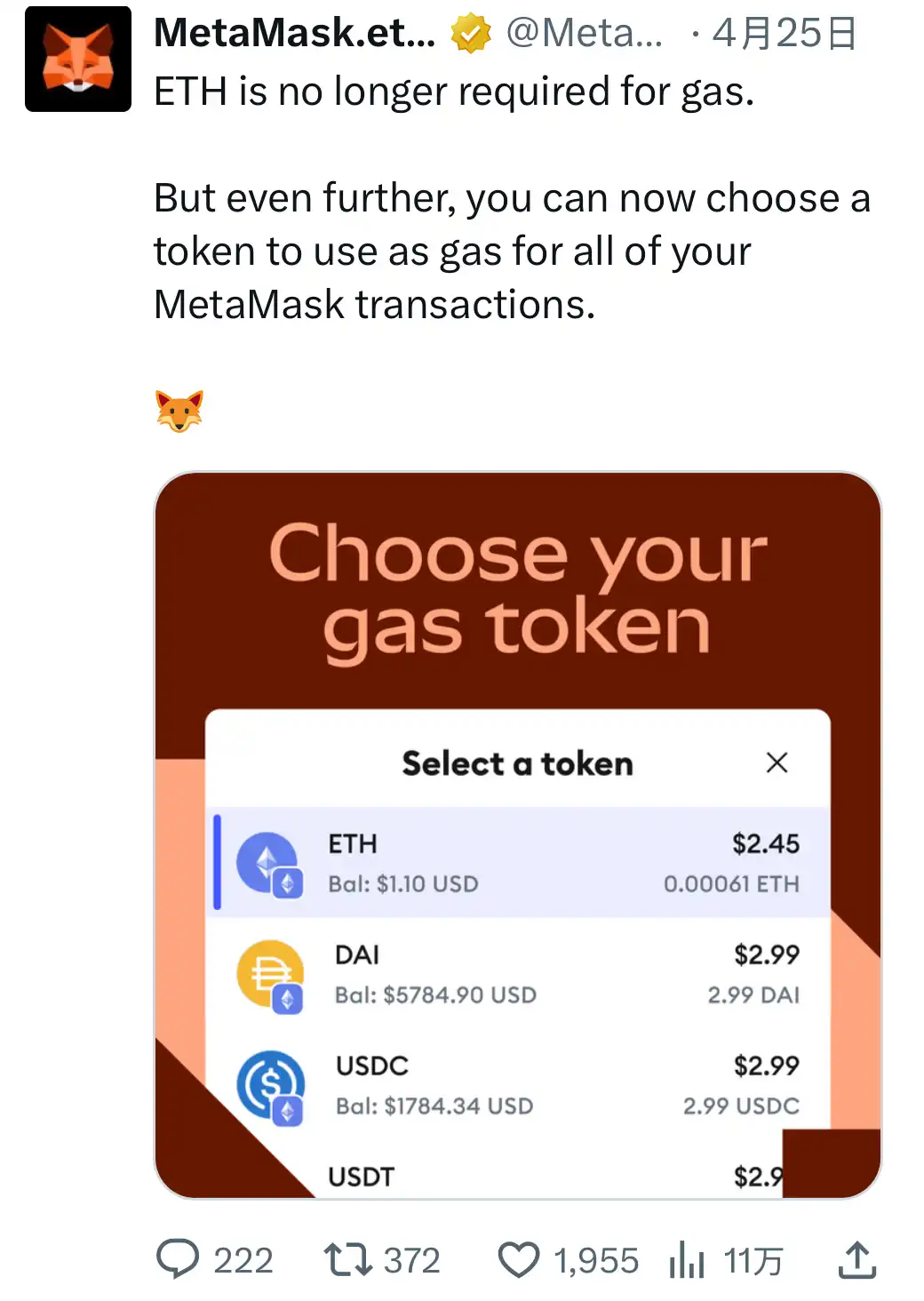
This risk is part of the "Fat App Theory," but don't be quick to bury the "Fat Protocol Theory."
Ethereum is a development platform whose valuation has changed. Its valuation is now based on the fees it generates rather than its potential as a platform and ETH's role as a store of value.
As Layer 2 solutions closely integrate with L1 and the ETH burn mechanism is restored, the narrative around ETH may change rapidly.
Interestingly, Aave performs well as a user-facing application, especially serving large holders, while also acting as a liquidity hub for DeFi.
Or consider Pumpdotfun, which controls the end users and is now expanding vertically by developing its own DEX; meanwhile, Raydium is doing the opposite by launching a token launch platform.
Another example is the launch of Uniswap v4, which features "Hooks," similar to "plugins" or "extensions."
These "Hooks" brought the App Store to the iPhone. Just as Apple no longer needs to develop iPhone apps itself, developers can build applications on top of Uniswap.
The token launch platform @flaunchgg is a great example, utilizing Uniswap v4's Hooks and Aave for liquidity.
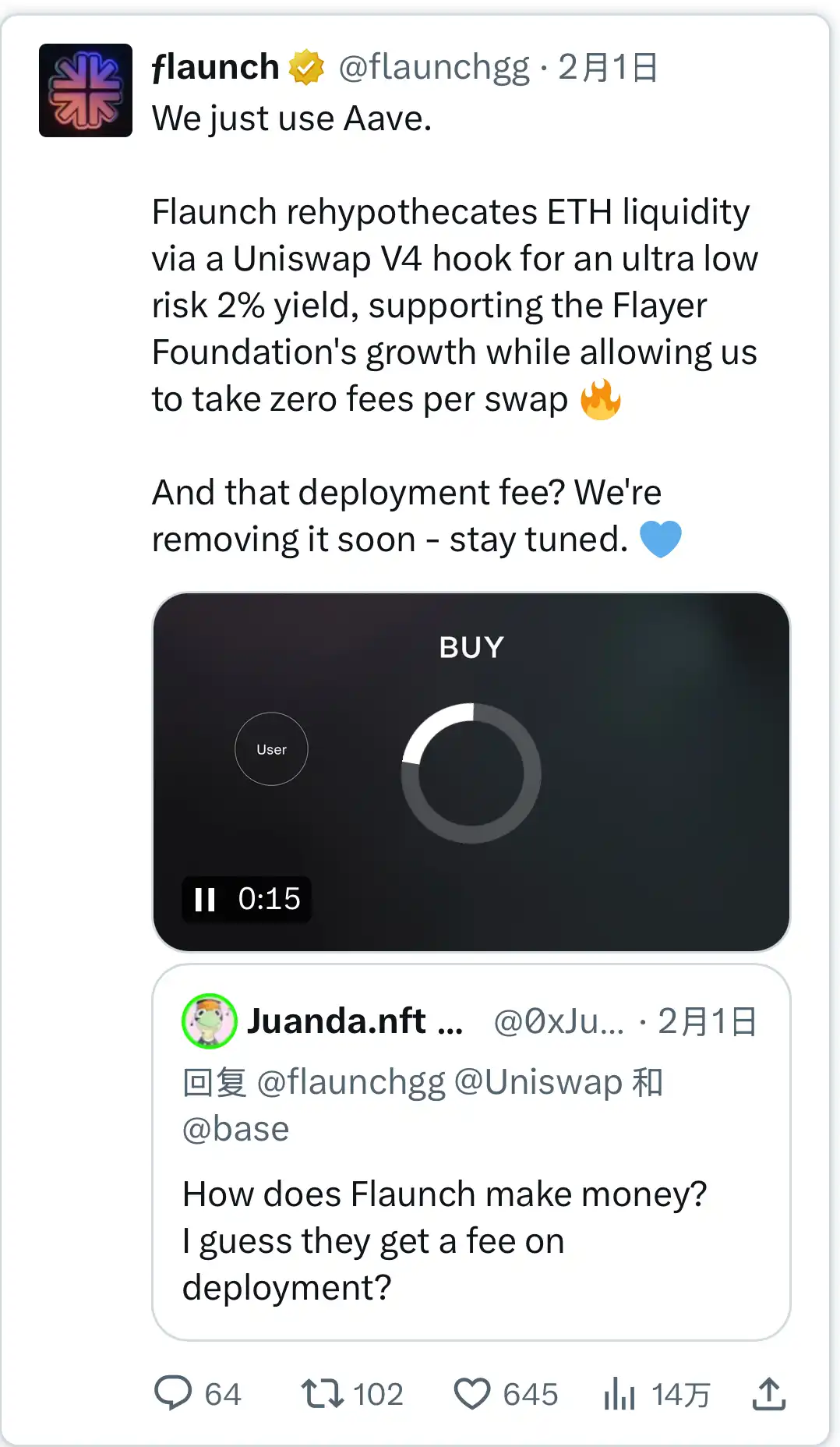
Uniswap v4's hooks are fantastic because they allow developers to build applications on top of the protocol.
Although growth is slow (to promote hooks, Uniswap launched a liquidity mining initiative), Messari expects the adoption of hook applications to accelerate.
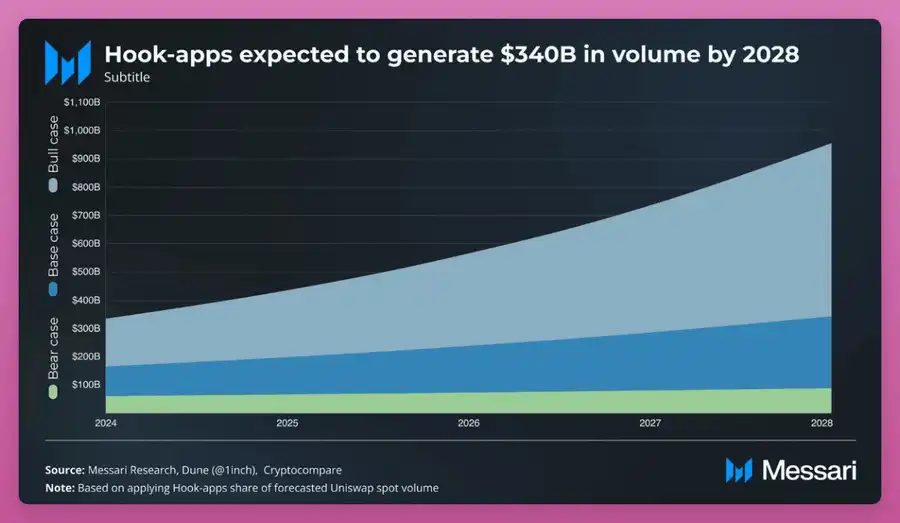
I believe that those protocols that successfully evolve from mere infrastructure to platforms will command a significant premium. This transformation helps avoid the commoditization trap that Ethereum has fallen into.
Another example is the recently released Fluid DEX v2: it allows developers to build for the protocol.
Fluid v2 transforms it from a lending protocol with DEX functionality into an open platform that allows third-party developers to build for the protocol.
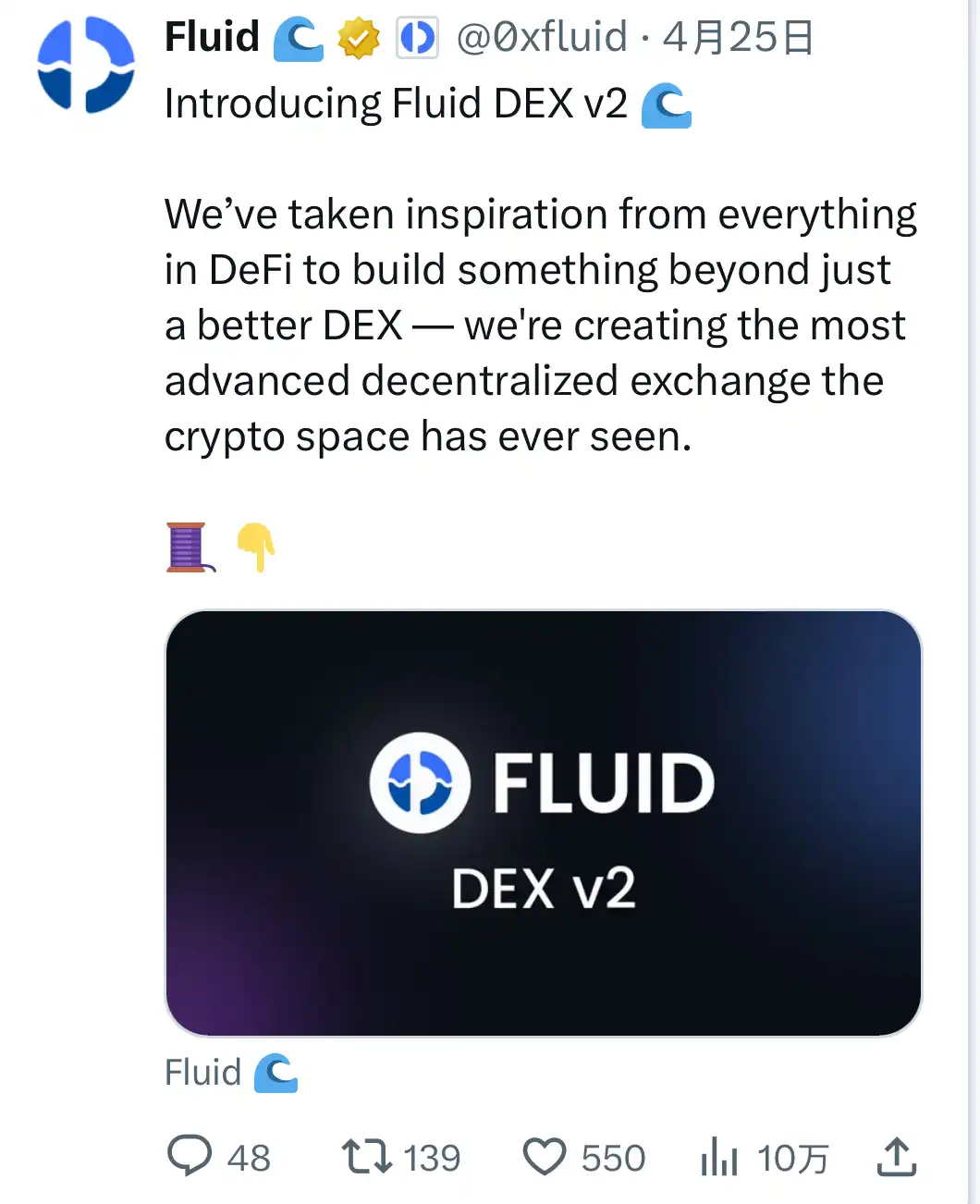
Even though DEX abstracts away from the end user, Fluid v1 DEX still challenged Uniswap due to its integration with top DEX aggregators.
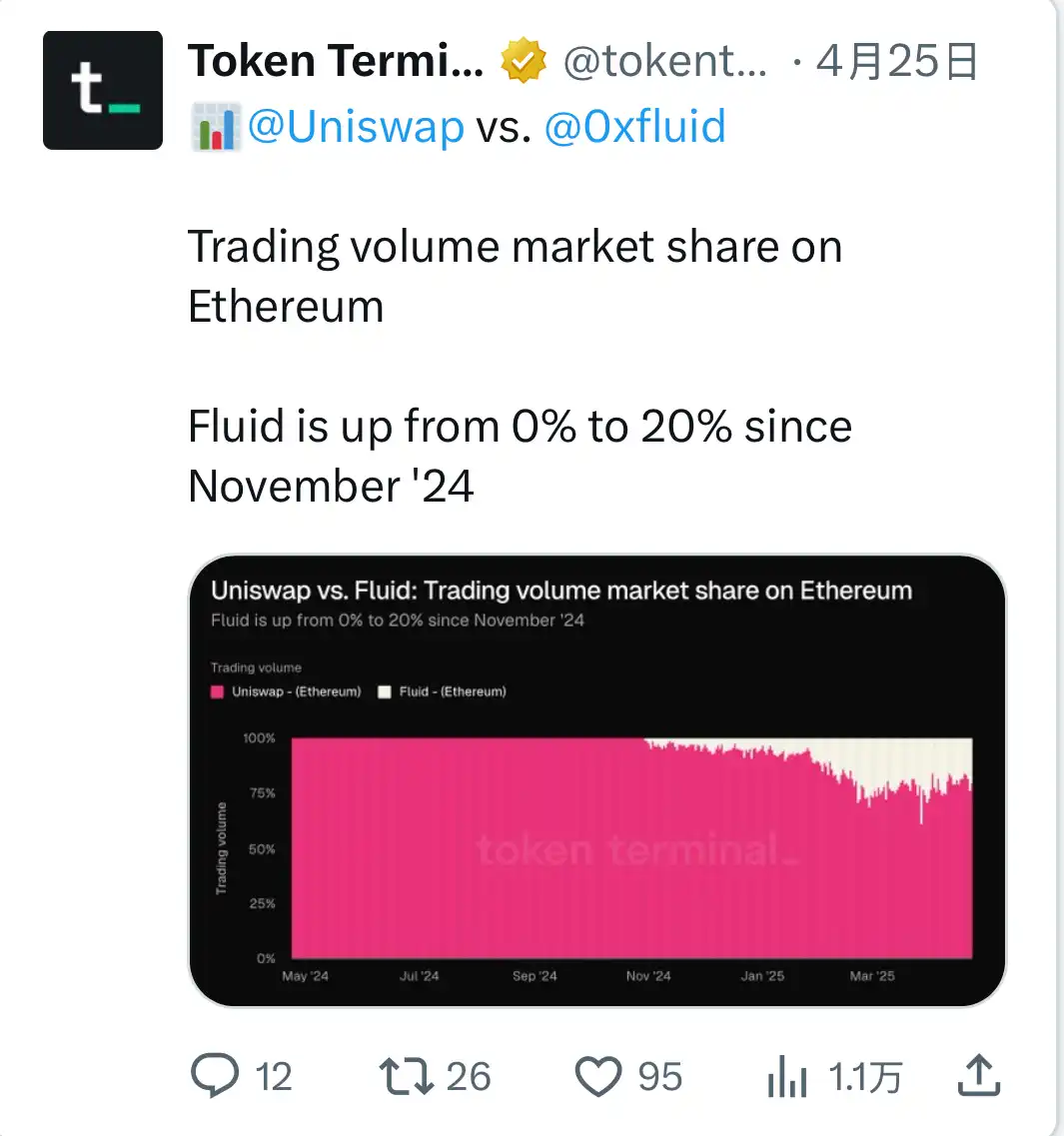
In version v2, Fluid combines lending with AMM liquidity, creating a protocol that serves both large holders and developers.
You will gain:
• By default, range orders will earn yields (no idle liquidity).
• Lending provides liquidity strategies (a DeFi first).
• Offers developers Hooks + dynamic fees, perpetual contracts, and more.
Fluid will launch a permissionless DEX and lending market, allowing developers to build new products on Fluid.
As @DeFiMadeHere wrote, this is a fixed income market.
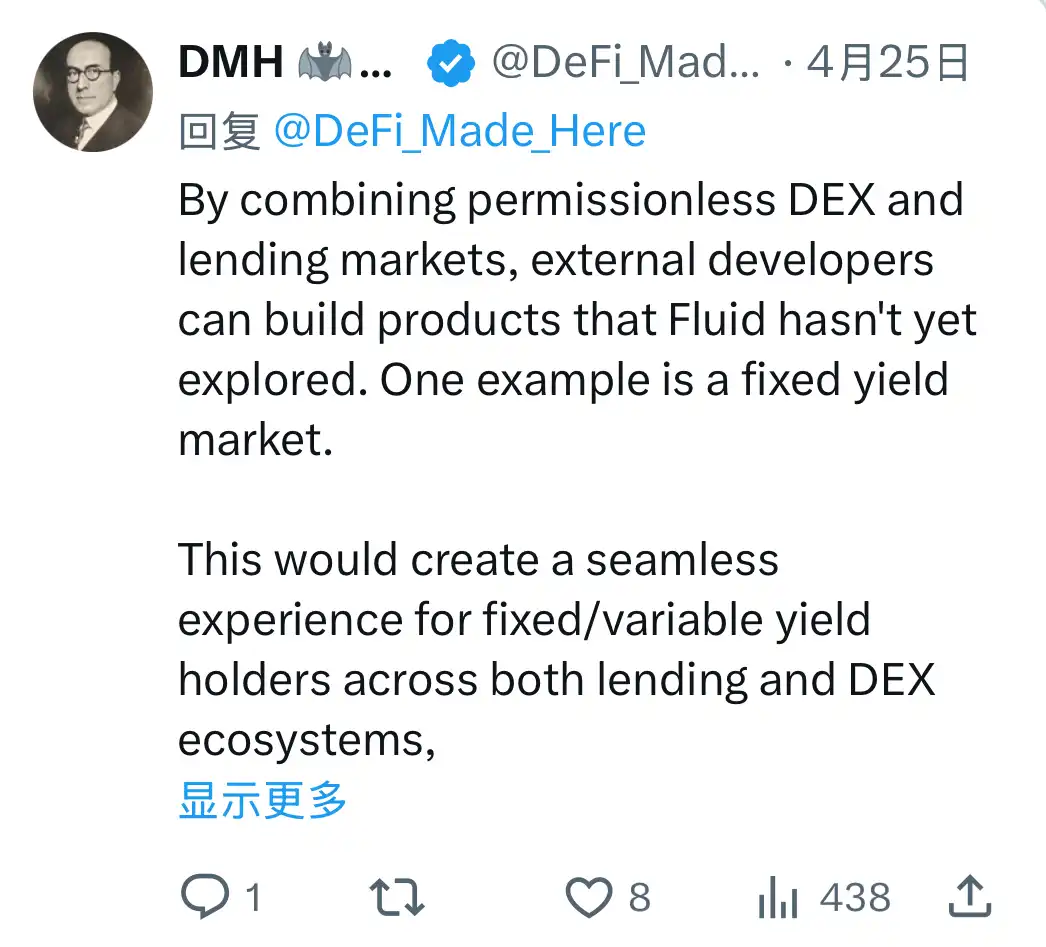
Crucially, value flows back to the protocol: every hook, cross-collateral position, or perpetual contract application built on Fluid shares fees with the ecosystem.
I believe that the capital efficiency of the v2 version of DEX and Fluid will help avoid the commoditization trap: like Aave, it serves as the front end for large holders;
like Uniswap v4, it is a developer platform. By integrating lending and AMM logic at the protocol level and enhancing capital efficiency, it becomes the best platform for debt-driven LP strategies.
Protocols do not need to choose between infrastructure and applications; with $FLUID, they can have both.
Disclaimer: I hold $FLUID tokens.
免责声明:本文章仅代表作者个人观点,不代表本平台的立场和观点。本文章仅供信息分享,不构成对任何人的任何投资建议。用户与作者之间的任何争议,与本平台无关。如网页中刊载的文章或图片涉及侵权,请提供相关的权利证明和身份证明发送邮件到support@aicoin.com,本平台相关工作人员将会进行核查。



